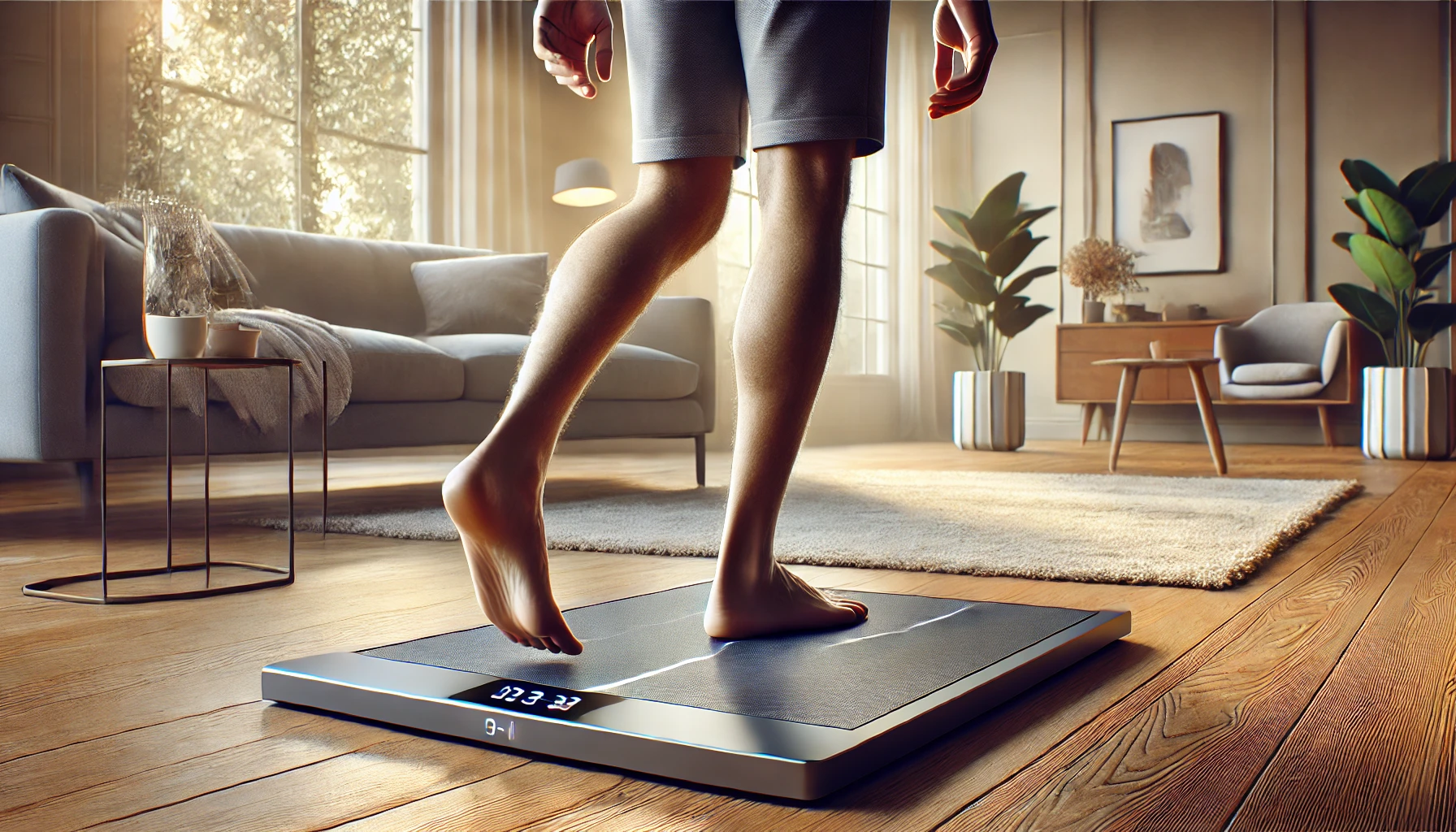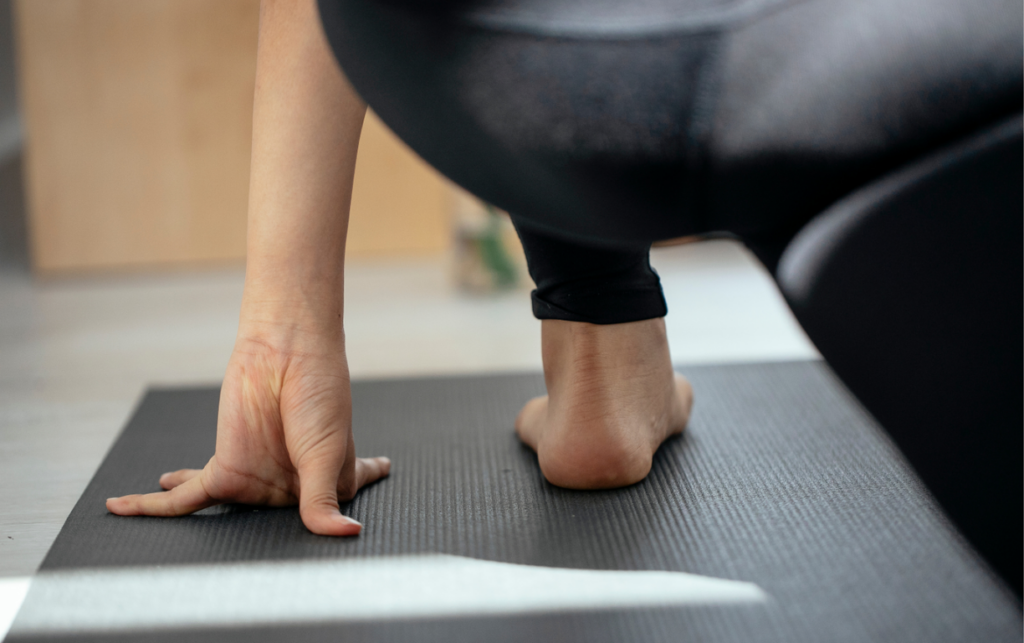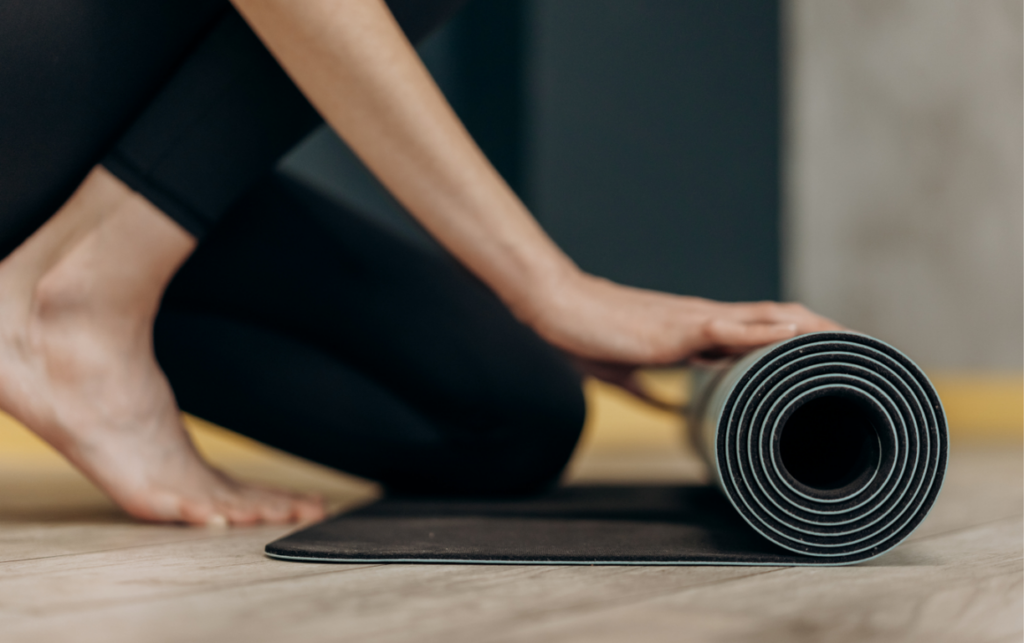Physical Address
304 North Cardinal St.
Dorchester Center, MA 02124
Physical Address
304 North Cardinal St.
Dorchester Center, MA 02124

Walking pads have become a popular choice for those looking to stay active indoors. They offer a convenient way to get your steps in without having to brave the elements or navigate a crowded gym. But if you're considering using one, you might wonder whether it's safe or comfortable to walk barefoot on it.
Walking barefoot can have its benefits, such as improved balance and foot strength. However,
Walking pads have become a popular choice for those looking to stay active indoors. They offer a convenient way to get your steps in without having to brave the elements or navigate a crowded gym. But if you’re considering using one, you might wonder whether it’s safe or comfortable to walk barefoot on it.
Walking barefoot can have its benefits, such as improved balance and foot strength. However, it’s essential to consider the surface of the walking pad and your own comfort level. In this article, you’ll discover the pros and cons of walking barefoot on a walking pad, helping you make an informed decision about your indoor fitness routine. Whether you’re a seasoned walker or just starting out, understanding the right approach can enhance your experience and keep your feet happy.

Walking barefoot on a walking pad can offer several benefits, but it’s essential to consider safety and comfort before doing so. Here are the factors to guide your decision:
By following these guidelines and understanding both the benefits and risks, you can make an informed decision about walking barefoot on a walking pad in your indoor fitness routine. Always prioritize your safety and comfort for the best experience.

Walking barefoot can offer numerous advantages beyond mere comfort. It connects you more directly with the ground and enhances the overall experience of walking.
Walking barefoot challenges your feet to engage and strengthen the small muscles that are often underutilized when wearing shoes. This increased activity can boost your foot strength and improve overall functionality. Regularly walking without shoes may also help prevent foot ailments by encouraging natural movement patterns and muscle development.
When you walk barefoot, you enhance your proprioception—your awareness of your body in space. This heightened awareness can lead to improved balance and stability, reducing your likelihood of slips and falls. By feeling the surface beneath your feet, your body adapts more quickly to changes in terrain, helping to develop better coordination and control.
Barefoot walking naturally promotes a more ergonomic stance, encouraging a straightened spine and aligned joints. This kind of posture can alleviate strain on your back and improve overall alignment. As you walk, you engage the core muscles more effectively, leading to a strengthened core and contributing to better health and well-being.
While walking barefoot on a walking pad can offer benefits, it also carries potential risks that you should consider for your safety and comfort.
Walking barefoot increases the risk of foot injuries such as cuts, scrapes, or bruises. The materials used in some walking pads may not be as forgiving as a natural surface, exposing your feet to sharper edges or rough textures. Additionally, without the cushioning of shoes, your feet may face increased stress from impact, leading to conditions like plantar fasciitis or heel pain. It’s essential to assess your walking pad’s surface and maintain caution to prevent injuries.
Barefoot walking might increase slipping hazards, especially if the surface of the walking pad is slick or lacks adequate traction. Comparing to shoes which provide grip, bare feet can easily skid or lose balance, particularly when the pad is in motion. To minimize this risk, ensure that your walking pad has a non-slip surface and consider monitoring the environment for moisture or debris that may contribute to slipping.
Walking barefoot may lead to discomfort for some individuals, particularly if they have sensitive feet or underlying conditions like diabetes. Without the support of shoes, you might experience fatigue or soreness more quickly. If you feel any discomfort while walking barefoot, listen to your body and take breaks as needed. Prioritize comfort to enhance your experience and ensure a safe workout.
Selecting the right footwear is essential for maximizing comfort and safety while using walking pads. Here are the best options to consider for your walking routine.
Running shoes are an excellent choice for walking on pads due to their cushioning and support. Look for shoes with a flexible sole that allows for natural foot movement. The lightweight materials help reduce fatigue during longer sessions, while good arch support keeps your feet comfortable. Aim for shoes with breathable fabrics to keep your feet cool and dry.
Cross-training shoes provide versatile support, making them a great option for walking pads. They feature a stable base and good traction, which enhances your grip on the walking pad surface. Choose shoes with a cushioned midsole for shock absorption. This footwear style also offers lateral support, which can help maintain your balance and stability during workouts.
Barefoot shoes mimic the feel of walking barefoot while offering some protection. These shoes are designed with minimal cushioning and a thin sole, allowing for a natural walking experience. Look for options that provide a snug fit to prevent any slipping. Barefoot shoes can strengthen your foot muscles and improve proprioception, making them a solid choice if you are accustomed to walking without traditional footwear. However, be cautious and ensure that your walking pad has a suitable surface to avoid any discomfort or injury.
Walking on a walking pad can be a great way to exercise indoors. To ensure a safe and enjoyable experience, follow these tips.
Begin your walking routine with short sessions. Aim for 5 to 10 minutes initially to allow your body to adjust to the walking pad. Gradually increase your time and intensity as your comfort level grows. Pay attention to your foot’s reaction to the surface, and stop if you experience any discomfort or pain.
Ensure your walking area is well-lit and free from clutter. Proper lighting aids your visibility and helps you avoid tripping hazards. Additionally, use a mat or rug under the walking pad to minimize vibration and prevent sliding. Make sure the temperature is comfortable so you can focus on your workout without any distractions.
Stay attentive to how your body responds during and after walking sessions. Be aware of any signs of fatigue or discomfort, especially in your feet and legs. If you feel any pain, take a break or reduce your walking intensity. Keep hydrated and take breaks as needed to maintain energy and prevent overexertion.
Walking barefoot on a walking pad can offer unique benefits like improved balance and foot strength. Yet it’s crucial to weigh these advantages against potential risks such as foot injuries and slipping hazards.
If you choose to walk barefoot, start slow and listen to your body. Pay attention to your comfort level and make adjustments as needed. For those who prefer added protection, investing in the right footwear can enhance your experience and safety.
Ultimately, whether you walk barefoot or wear shoes, prioritizing safety and comfort will help you enjoy your indoor walking routine while reaping the health benefits.